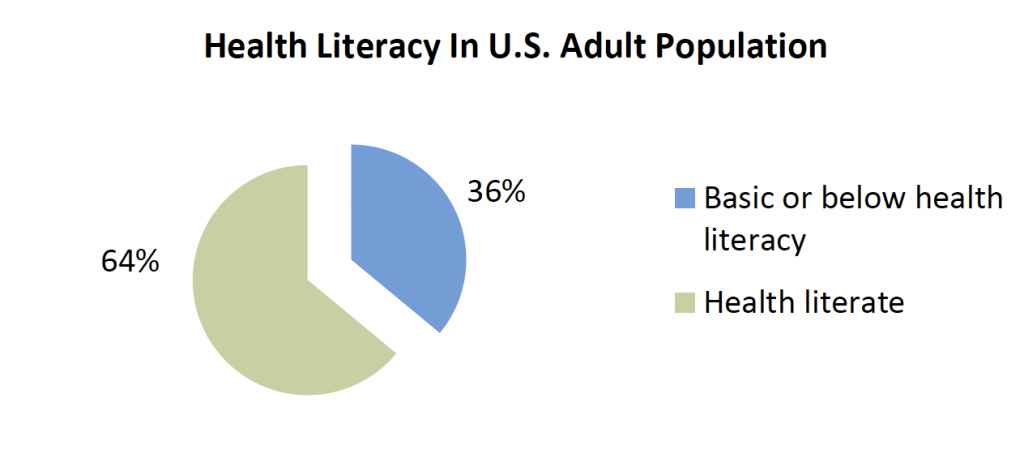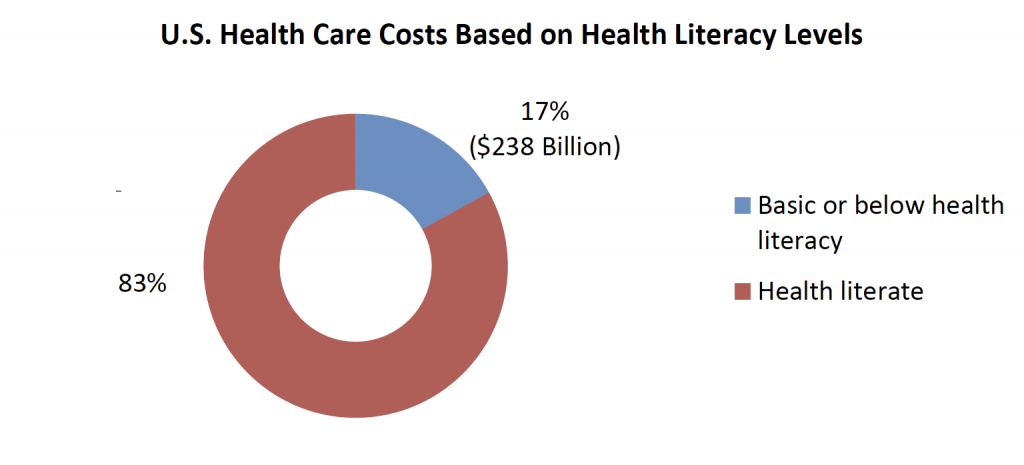Guest Blog by: Steve Leuck, Pharm.D., President/Founder AudibleRx
Picture this:
Your 53 year old brother, Steve, was recently admitted to the hospital with acute chest pain. He is discharged five days later after undergoing cardiac angioplasty, which led to the placement of a stent in order to increase blood flow to his heart and treat his newly diagnosed acute coronary syndrome.
Steve, a skilled laborer, has never been sick a day in his life. Now, he is sent home from the hospital with 50 sheets of paper and told to stop by the pharmacy, on his way, to pick up five new medications. His doctor warned him that if he doesn’t take his medications he could die.
Tired from his stay in the hospital, Steve walks into the pharmacy to pick up his medications. After a 30 minute wait, Steve signs his name at the register and meets the pharmacist at the counseling area. The pharmacist, pressured with time and productivity metrics, discusses the most important points of all five medications in under two minutes.
Steve is now sent home with a combination of three blood pressure medications, a blood thinner and a cholesterol medication, all to treat his newly diagnosed coronary syndrome. He feels like his life has just been turned upside down. In his prescription bag he has more paperwork, Consumer Mediation Information leaflets, which the pharmacist said he could read over if he had any questions about his medication.
Here’s the deal, Steve has never been much of a reader. He is smart and a quick learner; however, he is more of a “hands-on” type of guy. Will Steve take his meds appropriately, or will he let them slide because he is feeling better now that he is at home. Does he understand why he is taking these specific medications, and importantly, does he understand the consequences of not following through on his therapy?
Health Literacy:
The degree to which individuals have the capacity to obtain, process, and understand basic health information and services needed to make appropriate health decisions.1

In the United States, 36% of adults (115 million) lack the required health literacy to read or act on prescription labels, patient handouts, or to understand a pharmacist counseling reccomendations.2
● Low health literacy is associated with poorer health outcomes, higher mortality rates and increased risk of medication errors.3
Problems with current Medication Education:4
● On average, individuals with low health literacy can read at a fifth-grade level, while Consumer Medication Information is written at a tenth grade level.
● Pharmacy flyers are different from one store to the next depending upon vendor.
Pharmacists are under tremendous pressure to meet pharmacy metrics and regularly counsel patients on 3 or 4 medications in less than 2 minutes.
● Health professionals overestimate patients’ level of understanding.
● Mail-order pharmacies send out prescriptions as if they are just a packaged commodity as opposed to treating medication as a prescribed course of treatment.
● Hospitals focus on meeting the regulatory and licensing requirements of the facility when they send a patient home with a three inch stack of papers.
Current Limited Solutions:5
● As of now, there is no widely accepted strategy that pharmacists have to help patients with low health literacy understand their medications.
● Current strategies used to help support low health literacy patients include ways to help the patient be structurally adherent, rather than understating their medications.
1. Medication synchronization
2. Pill boxes
3. Blister packaging
4. Refill reminders
Cost of Low Health Literacy:
“Low Health Literacy; Implications for national Health Policy”:6
This study reviewed findings from the 2003 U.S. Dept. of Education Adult Literacy survey. (NAAL National Assessment of Adult Literacy).
Based on the findings that 36% of the adult U.S. population has basic or below basic health literacy levels:
The estimated cost to the United States health care economy for low health literacy is $106-$238 billion annually.
This total cost represents between 7-17% of all U.S. healthcare expenditures.
On average, an inpatient hospital stay for a patient with low health literacy costs $993 more than other patients.
According to a recent Veterans Health Administration study, (in northern Florida and southern Georgia):7
o Meeting the needs of those with marginal and inadequate health literacy could produce economic savings of approximately 8% of total hospital costs for this population. This is a savings of $2480 per patient.

Solution:
1. Deliver Consumer Medication Information (CMI) to the consumer, through accessible patient portals, in order to bridge the medication-education-gap that exists between patients and their health care providers.
2. Accessible education, with the intent of helping patients and their caregivers understand what they do and don’t know about their medication so they may take educated questions back to their own health care provider.
3. Design CMI content with specific Federal Health Literacy guidelines8,9 in mind. Create a document that is more pleasing to the reader and easy to read, while also meeting all of the necessary requirements listed in the FDA Useful Consumer Medication Information guidance document.10 This document needs to be “accessible” to a much larger percent of the population than current consumer medication information (CMI).
4. Format CMI to allow consumers to “read along” with an audible presentation of the CMI. When accessed on their mobile device or computer, the consumer will LISTEN to a human voice narrate the CMI of the specific medication. The consumer will then have the option to scroll the screen and “read along” with the narration. The consumer may also “print” the document.
AudibleRx, Consumer Medication Information you LISTEN to.11
References:
1. Quick Guide to Health Literacy: http://health.gov/communication/literacy/quickguide/factsbasic.htm
2. National Network of Libraries of Medicine; Health Literacy: https://nnlm.gov/outreach/consumer/hlthlit.html
3. Low Health Literacy; Implications for National Health Policy: http://publichealth.gwu.edu/departments/healthpolicy/CHPR/downloads/LowHealthLiteracyReport10_4_07.pdf
4. Health Literacy; The Gap Between Physicians and Patients: http://www.ncbi.nlm.nih.gov/pubmed/16100861
5. Center for Medicare and Medicaid Services: https://www.cms.gov/Medicare/Provider-Enrollment-and-Certification/SurveyCertificationGenInfo/Downloads/Survey-and-Cert-Letter-13-32.pdf
6. Low Health Literacy; Implications for National Health Policy: http://hsrc.himmelfarb.gwu.edu/cgi/viewcontent.cgi?article=1173&context=sphhs_policy_facpubs
7. Association between health literacy and medical care costs in an integrated healthcare system: a regional population based study:
http://bmchealthservres.biomedcentral.com/articles/10.1186/s12913-015-0887-z
8. Simply Put: a guide for creating easy-to-understand materials: https://www.cdc.gov/healthliteracy/pdf/Simply_Put.pdf
9. National Institutes of Health; Clear Communication: https://www.nih.gov/institutes-nih/nih-office-director/office-communications-public-liaison/clear-communication
10. FDA Guidance Document; Useful Consumer Medication Information: http://www.fda.gov/downloads/drugs/guidancecomplianceregulatoryinformation/guidances/ucm080602.pdf
11. AudibleRx http://audiblerx.com/
